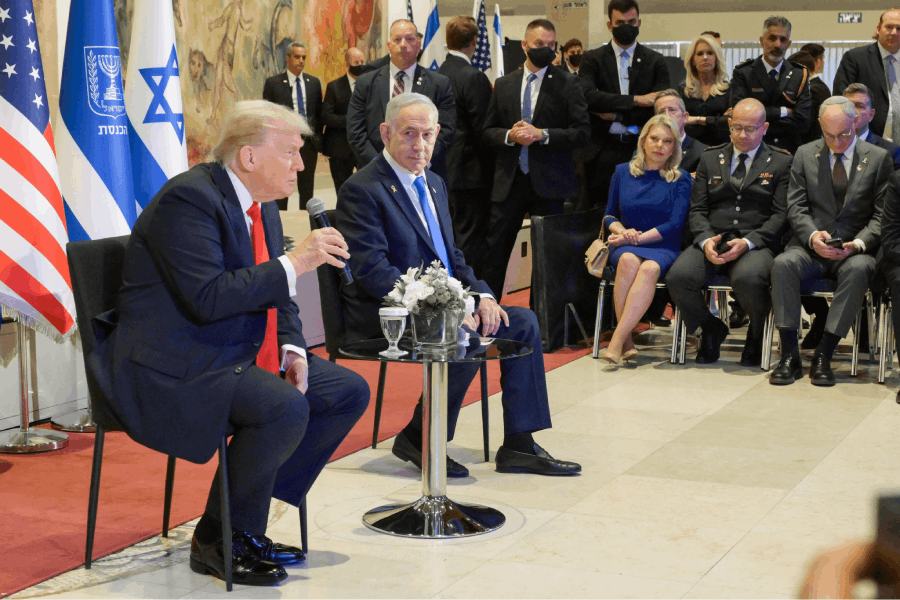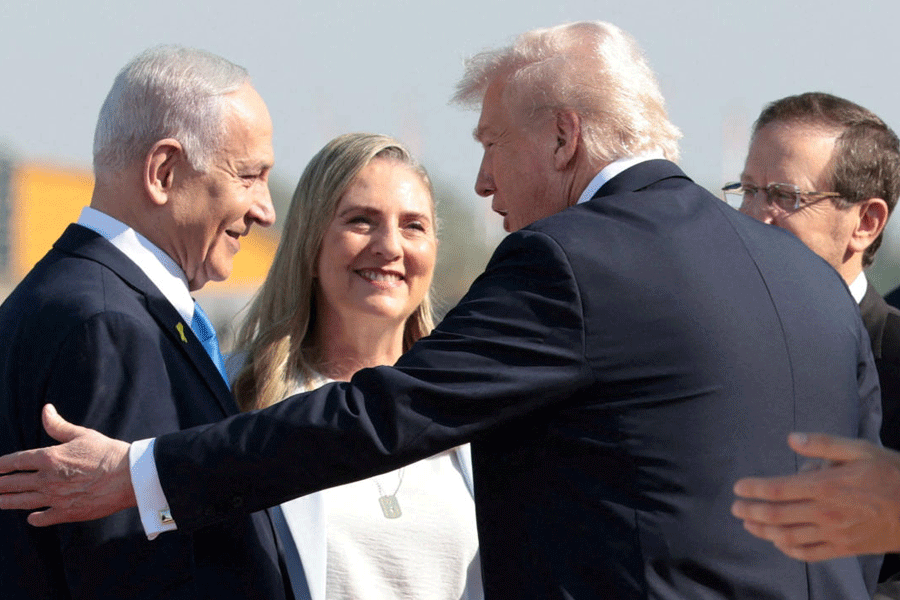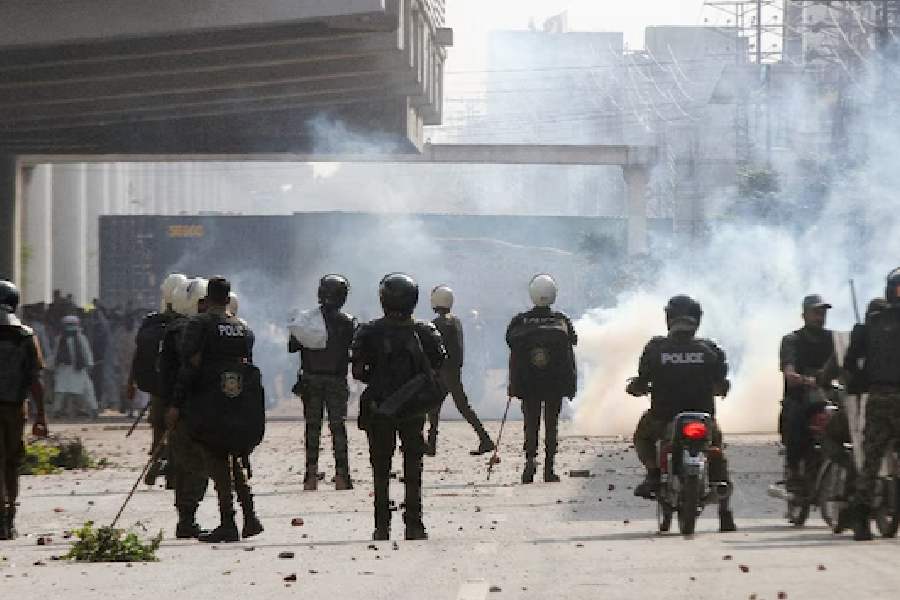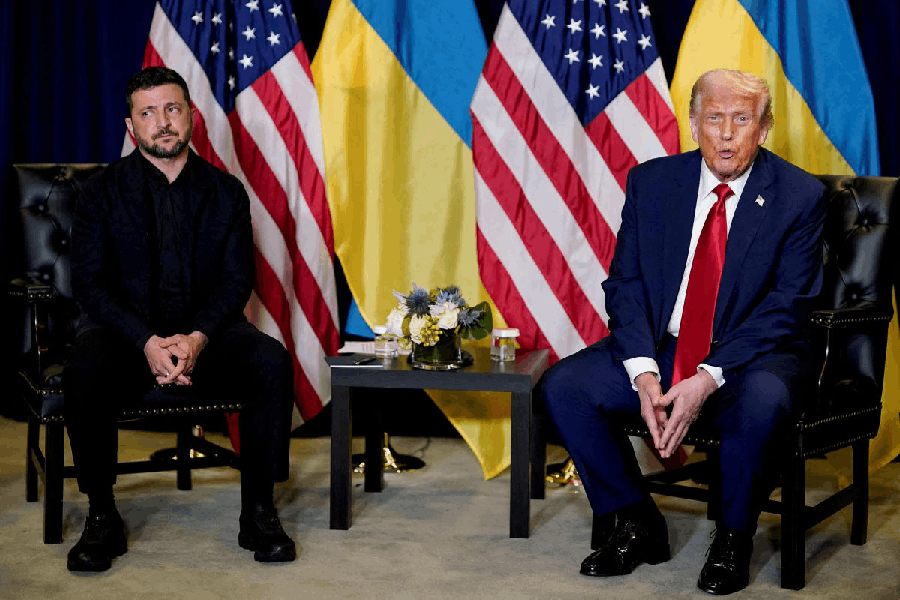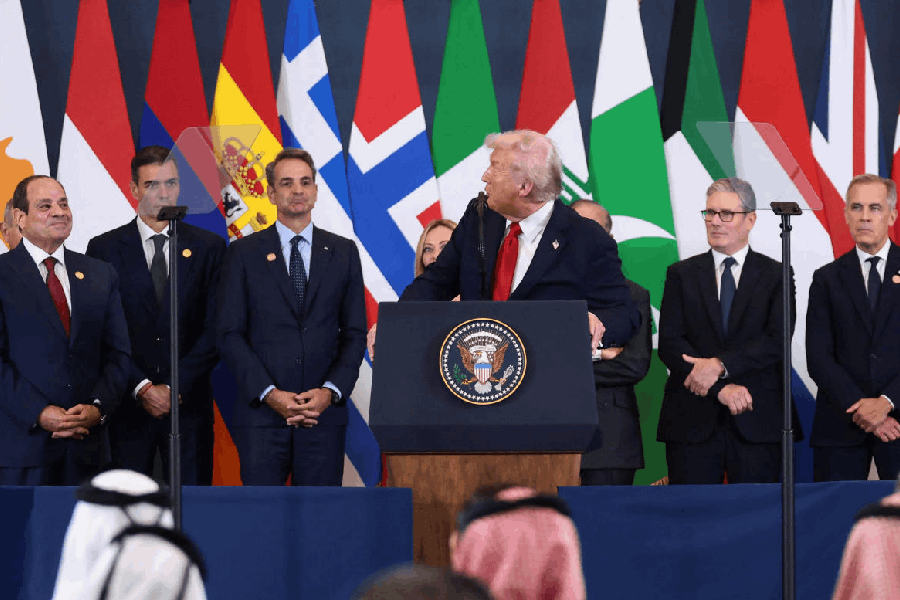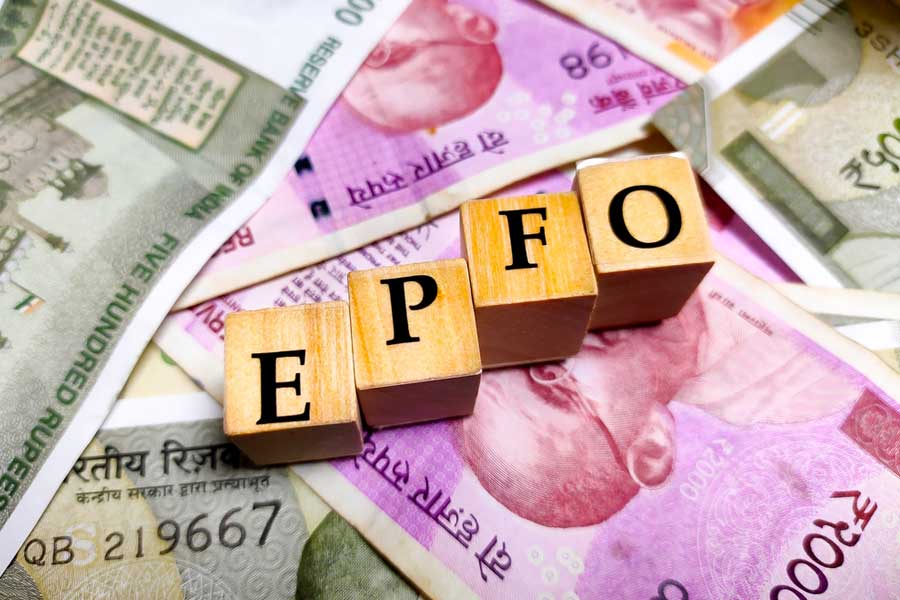|
|
INNER WORKINGS: LITERARY ESSAYS, 2000-2005 By J.M. Coetzee,
Harvill Secker,
£11.50
“Too many continents,” explains J.M. Coetzee’s eponymous, Australian writer-heroine in Elizabeth Costello. Elizabeth is trying to tell her sister, a nun in Africa, why she, Elizabeth, is so exhausted: “‘Too many continents,’ she repeats. ‘Too many burdens.’” There has been no dearth of continents in Coetzee’s own life, fiction and critical writing. Yet, it is difficult to imagine such an utterance made by the writer himself in his own voice. Coetzee, one feels, would never allow himself such a lapse into self-pitying, self-revealing fatigue. This is so even in a novel like Elizabeth Costello, which bafflingly absorbs into its fiction, almost verbatim, Coetzee’s own articles and lectures, previously published and delivered as an academic in various continents. Descended from Dutch settlers and now an Australian resident, with a life and career spanning Cape Town, London, Chicago and Adelaide, or mathematics, computers, linguistics and literature, this white, South African Nobel laureate remains beyond the reach of any simple-minded attempt to classify him according to what “burdens” he carries from his various pasts. Hence, post-apartheid, reconstructed South Africans and liberal postcolonials are disconcerted alike by his myriad identities and personae, his radical and masterly elusiveness. More so, because this elusiveness seems to emanate from a selfhood whose ethical and intellectual rigour informs everything he writes, often with a terrible, impassive lucidity, but whose reticence is ultimately unassailable and inscrutable.
Like his 2001 collection of essays, Stranger Shores (a year after the publication of which Coetzee emigrated to Australia), Inner Workings voyages among continents. It starts in Europe, with its first seven essays on writers who were all born in the late-19th century, most of them living and writing through World War I, or into World War II as well. The presiding figures, Robert Musil and Walter Benjamin, are discussed in relation to The Confusions of Young Törless and to the “radically incomplete” treatise on shopping in 19th century Paris, usually called the Arcades Project, respectively. Four of them (Italo Svevo, Benjamin, Bruno Schulz and Joseph Roth) are Jews, two of whom perished in the Third Reich (Benjamin and Schulz). Displaced and imperfectly “assimilated” intellectuals, most of them lived through the successive phases of the breakdown of Old Europe between 1890 and 1939, caught between at least two languages (German, together with Polish, Hungarian, Italian or Galician), exiled as much from German fascism as from Swiss neutrality. They carry within them their “dead masters” — chiefly Nietzsche and Kafka (one of Coetzee’s great fictional forefathers too), and behind them Goethe. These masters formed, for such men “without qualities”, what Schulz had called “an iron capital of the spirit”.
Coetzee’s second cluster of Europeans — Paul Celan, Günter Grass, and the German and Belgian poets, W.G. Sebald and Hugo Claus respectively — variously embody the aftermath of Europe’s mid-century crisis. Here the towering presence is, of course, Celan, a Romanian Jew living his last years in France. Having lost his parents in the labour camps of occupied Ukraine, he composed, between 1938 and his suicide in 1970, around 800 poems in German. These poems constituted his “unremitting, intimate wrestlings with the German language”. A poet of “near total obscurity”, he would assure his readers, “Read! Just keep reading, understanding comes of itself.”
After Europe and its Wandering Jews, Coetzee moves through Graham Greene and the English Catholics (“inherent outsiders”) to that “master of restraint”, Samuel Beckett, the subject of Coetzee’s doctoral thesis in the late Sixties. In this briefest of essays on Beckett’s prose fictions, “one of the great creative outpourings of modern times”, it is possible to come closest to the core of Coetzee’s being as a writer, especially of Disgrace, Youth, Elizabeth Costello and Slow Man. He then enters the New World, with a long and remarkable essay on Walt Whitman setting himself up, in the 1860s, as a ministering angel to wounded American soldiers in Washington hospitals: “these huge swarms of dear, wounded, sick, dying boys”. This essay is not only about The Leaves of Grass and the “Calamus” poems, but also about how to understand historically, with a combination of empathy and “tact”, the erotic foundations of Whitman’s radical democracy.
There are a couple of acute essays on American Jewishness (Saul Bellow and Philip Roth) and the often-vertiginous relationship between real authors present as characters in their own novels (Roth’s The Plot Against America). Wedged between them is a short tour de force — a piece on the John Huston film, The Misfits, in which Marilyn Monroe goes off into the desert with cowboys to trap wild horses. The screenplay is by Arthur Miller, who, in Coetzee’s reading of the film, projects on the Marilyn character his own sense “of who the inner Monroe was or could be”, thus allowing Monroe “to act out herself, to create herself on film”. But the “exhaustion and pain and terror” of the trapped animals in the desert are the “real thing”: “The horses are not acting.” Coetzee finishes with three important essays. One on Nadine Gordimer, a South African Jew, whose presence has always been crucial to Coetzee’s implicit positioning of himself in relation to what he has called “white writing” and its “quest for justice” — “what it means to write for a people”. Then follows a review of Gabriel García Márquez’s Memories of My Melancholy Whores, which is really about sex (a theme running darkly through this collection) and about Don Quixote: “the mysterious power of the ideal to resist disillusioning confrontations with the real”. The last essay reviews V.S. Naipaul’s novel — written with “a mercilessly unclouded eye” — about self-denial, Half A Life. (It reminds Coetzee of Kafka’s story about the hunger artist.) Moving from India, through England, to Africa, Half a Life brings the collection back to the Conradian heart of where it had all begun, and to the human body itself, the place where “the pressures of assimilation” are most enduringly resisted.
The unassimilable is what the Coetzeean writer and critic — Musil’s “Monsieur le vivisecteur” — gets to with his cold steel. It is, in the essay on Beckett, the “unnamable residue of the self”, or Celan’s “answerlessness” as language voyages out “to the end of the possible”. For Coetzee, such a vision of the Last Things is profoundly Beckettian: “a vision of life without consolation or dignity or promise of grace, in the face of which our only duty — inexplicable and futile of attainment, but a duty nonetheless — is not to lie to ourselves”.



